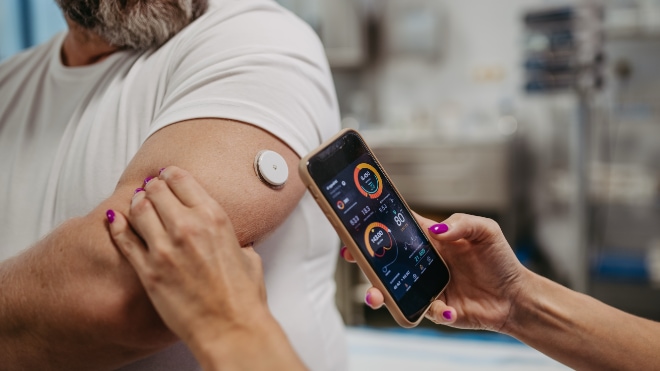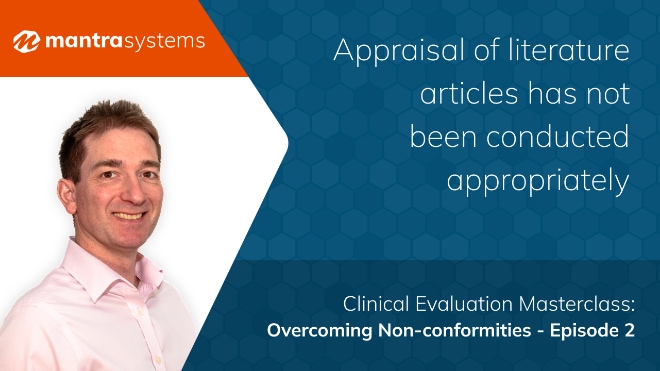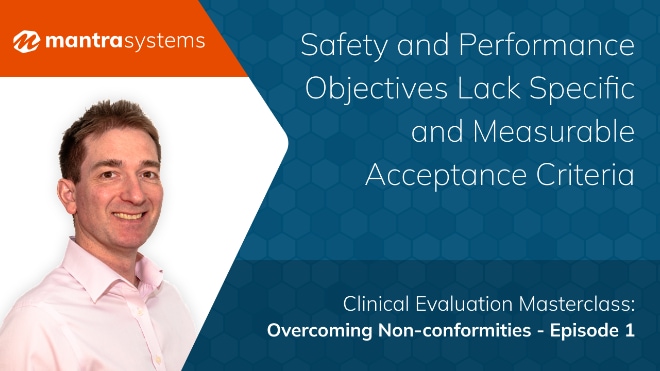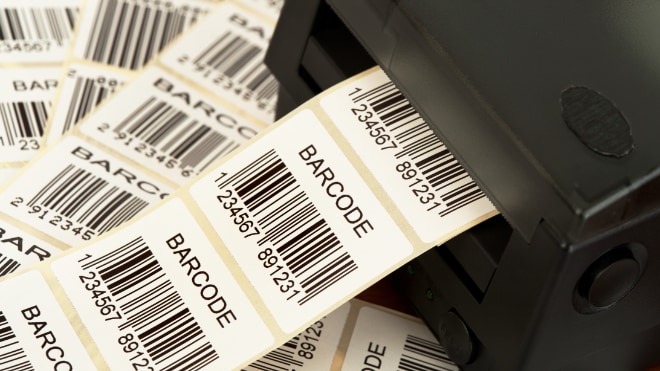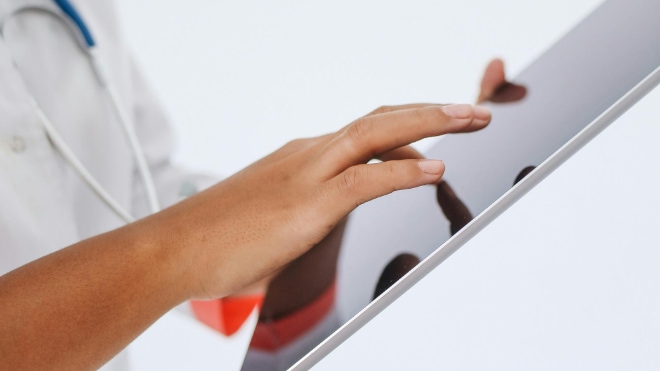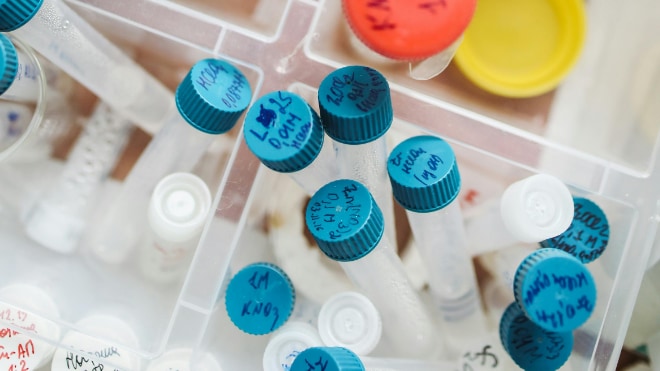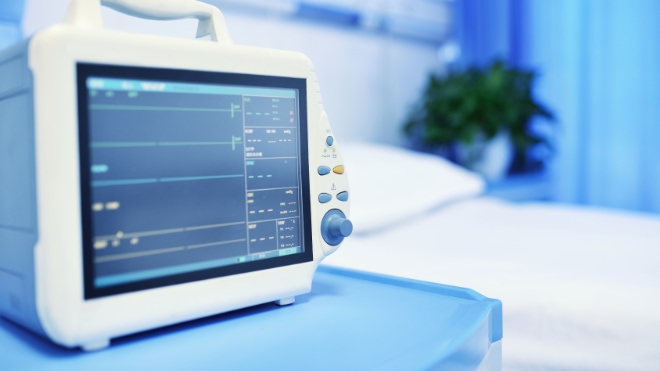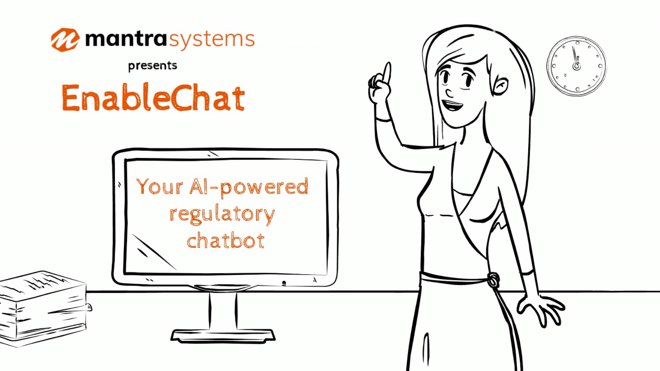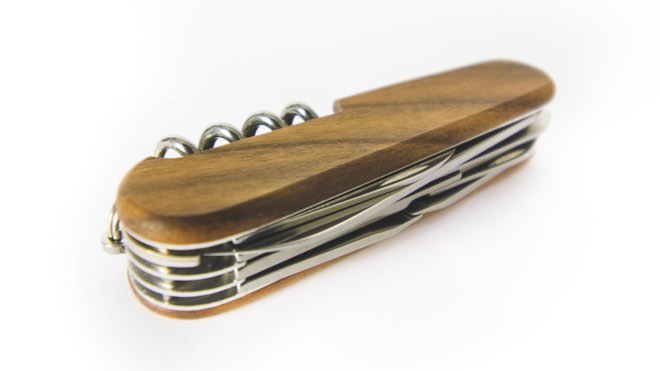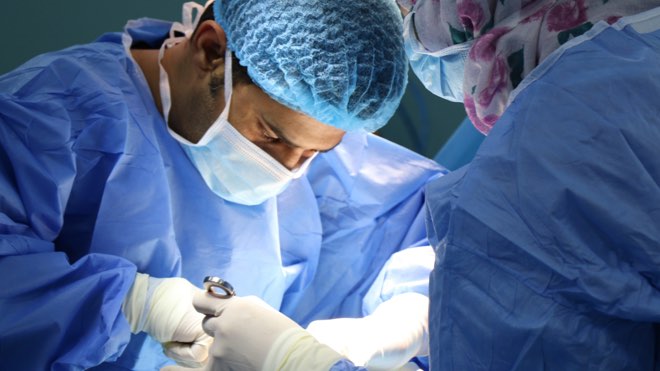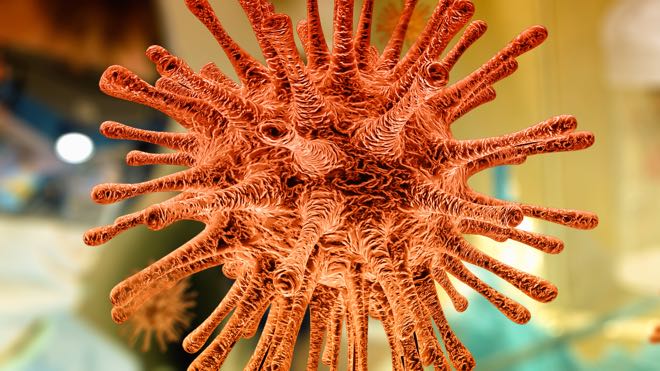
Would you be surprised to know that the word ‘literature’ pops up in MedDev 2.7/1 rev 4 approximately 100 times? For example, if you work on Clinical Evaluation Reports (CERs), you are probably starting to realise how crucial literature searches & reviews are in achieving regulatory compliance under the new MDR.
The importance of critical appraisal of available evidence through a systematic literature review is emphasised repeatedly in MedDev 2.7/1 rev 4 and is crucial in ensuring compliance with the new EU MDR. In this article, we discuss what you should know before undertaking a medical device literature search & review for Clinical Evaluation, Risk Management or other purposes under the MDR.
1. Start with research questions
Research questions are intended to guide search term selection, helping to frame the boundaries of the literature search. In short, research questions set out what you intend to discover from the literature review.
MedDev 2.7/1 rev 4 recommends using a PICO framework to help you in perfecting your research questions. PICO format is extensively employed in evidence-based clinical practice. This approach results in a “well-built” query that specifies four concepts:
- the Patient issue or Population
- the Intervention
- the Comparison (if one exists)
- the Outcome(s)
Once you formulate your research questions, accordingly, determine the information required to answer these questions. This leads us to tip number 2.
2. Choose your search terms
Now that you have the research questions and the information required to answer these queries, convert the questions into searchable terms.
While formulating your search terms, you can use Boolean operators such as ‘OR,’ ‘AND,’ and ‘NOT’ to tailor the results according to your requirements.
The search terms are then applied to scientific literature databases such as PubMed, MEDLINE, Google scholar, EMBASE and Cochrane review as sources to identify the evidence. A search in these databases can generate an overwhelmingly high number of results.
Analysing all of them to identify the appropriate ones is going to be a ‘Herculean task’ if you don’t choose search terms carefully and have an efficient exclusion strategy.
3. Dealing with exclusions
Video 1: Five common pitfalls when writing a Clinical Evaluation Report
To separate the ‘wheat from the chaff’ and avoid the inclusion of irrelevant articles, you need a carefully configured exclusion strategy.
An easy way to do this is to formulate an exclusion criterion table to avoid duplicate, irrelevant and weak evidence. For example, you can assign a different exclusion code for:
- duplicate articles
- articles with inappropriate focus
- articles which is unrelated to subject matter
- weak evidence such as narrative reviews
- opinion articles
- animal studies
With these exclusion codes in mind, you can eliminate any articles that fall under your exclusion criteria. However, remember to keep a record of all the excluded articles.
4. Appraise properly
Once you identify the appropriate articles, you can start reviewing and appraising the clinical data.
Appraisal is the process of systematically reviewing research to determine its credibility, as well as its usefulness and applicability in the context. The clinical evidence should be evaluated thoroughly and objectively, with appropriate weighting given to the positive and negative aspects of each document and to each piece of research as a whole.
The best way to perform an effective appraisal is to set out an appraisal framework to determine the methodological quality, scientific validity, relevance to the Clinical Evaluation and weighting to the overall evaluation of each data source. It may be beneficial to assign a code to each element of appraisal along with a score for quality in that domain.
5. List out safety & performance benchmarks as you go
The final tip for performing literature search & review is to identify and list out the safety and performance benchmarks in the clinical evidence which is relevant to the context.
For example, if you are performing a literature search & review on a medical device, then the performance and safety benchmarks directly related to the device and those related to its comparable alternatives should be recorded. Do this as you go along, rather than ‘reverse engineering’ benchmarks at the end of the appraisal, as this will save considerable time.
A specific tip is to copy-paste benchmarks into a separate text editor file for reference later in the review process. This will help you to summarise the clinical evidence identified and to establish the state of the art (SOTA) in your literature review.
Do you need help with your literature search protocol & SOTA review?
Conducting a literature search & review is a vital and challenging aspect of clinical evaluation and other parts of the medical device regulatory process. Our team of professional medical writers and clinical experts are on hand to help, so please feel free to get in touch for a no obligation discussion.



